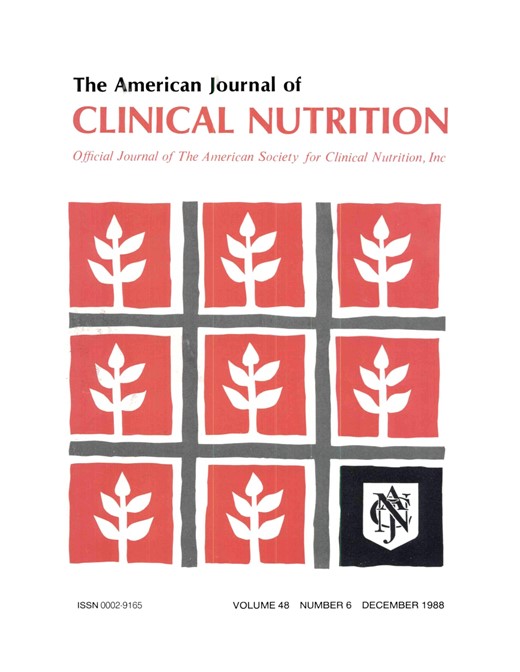One thing I struggle to understand are the PUFA fiends out there who have been eating high amounts of PUFA years, with perfect skin, intact hairline and in generally good health. I have been observing these nut butter/tahini addicts for quite a while and the only explanation I have is if you start out healthy, it really does not matter much:
Shouldn’t these people be dropping instead of looking absolutely great?
My comment isn’t meant to address PUFAs, I just wanted to point out that Miles (Healthy Crazy Cool) has been very open about his health struggles, including mental health, over the years (even prior to veganism). He’s currently going through nasty withdrawal symptoms from weaning off a medication this year and in the past, he had an adrenal gland removed due to overproducing adrenaline and has dealt with all the usual symptoms that result from excess stress hormone production like weight loss despite his huge appetite, something he struggled with prior to getting on his medication.





